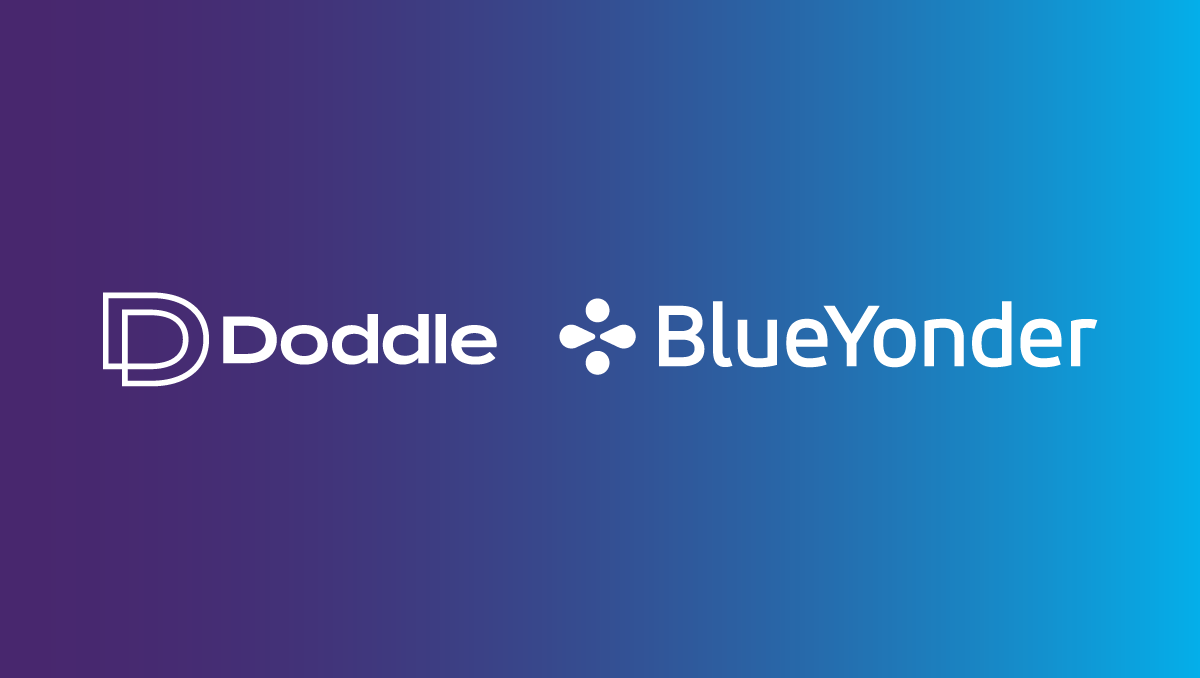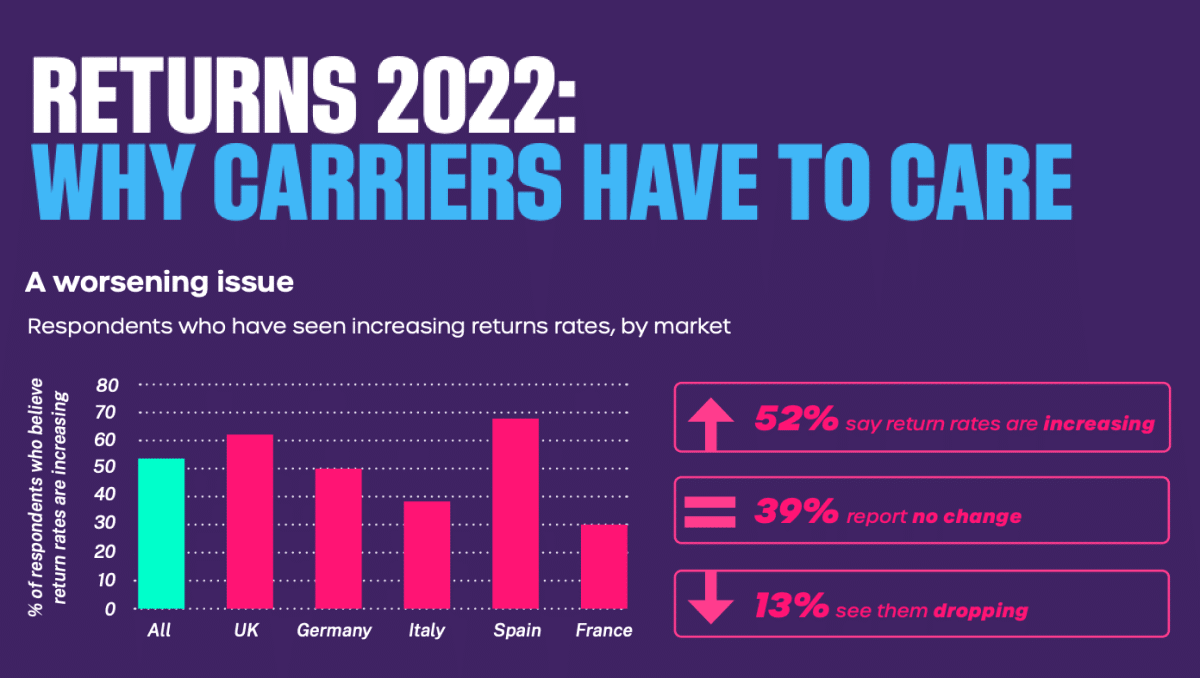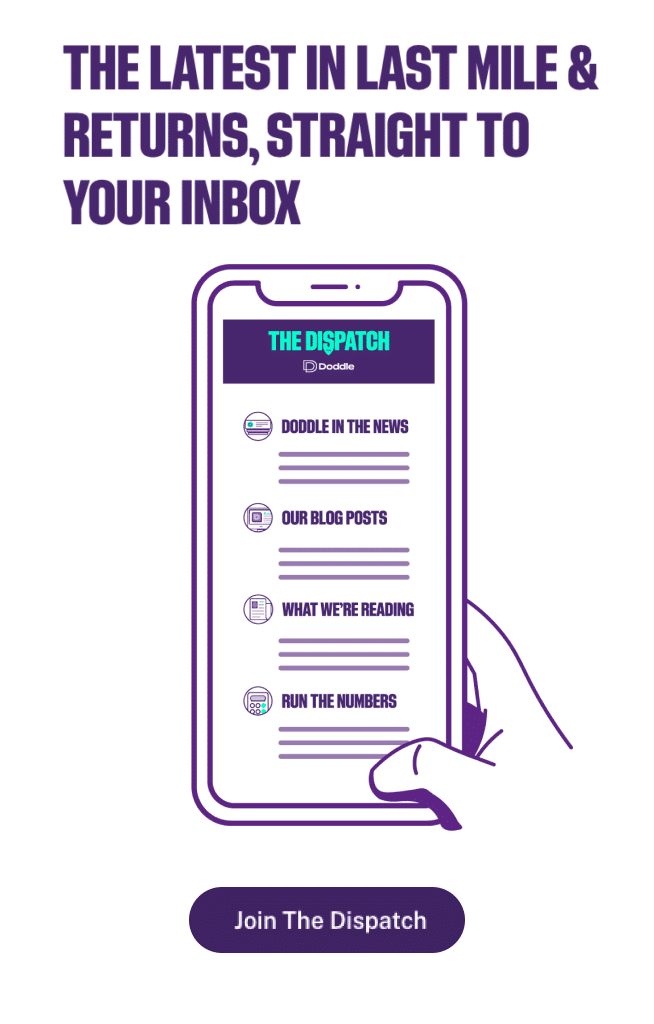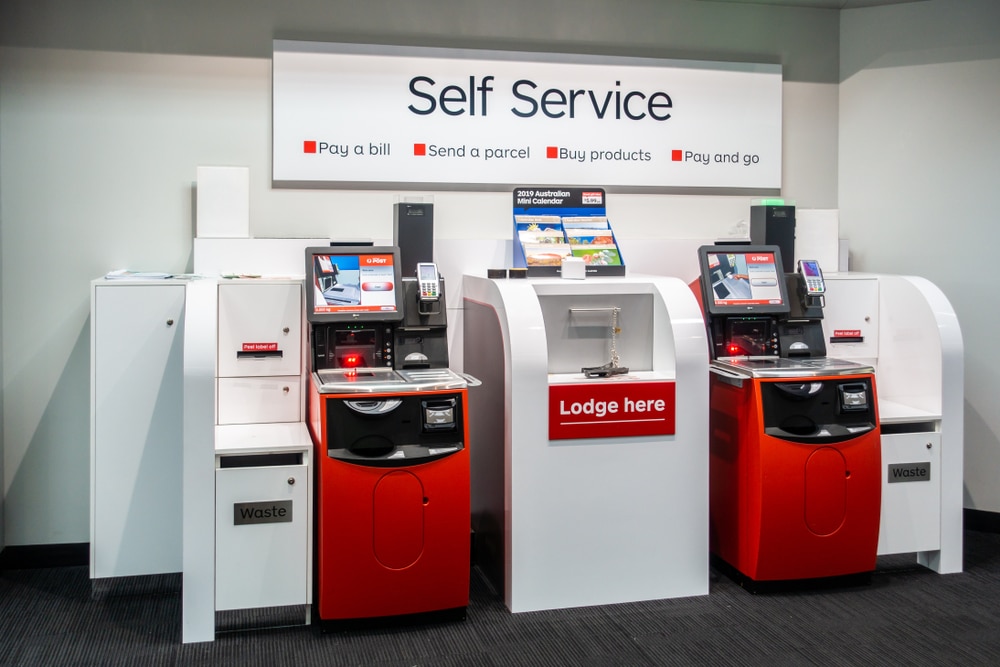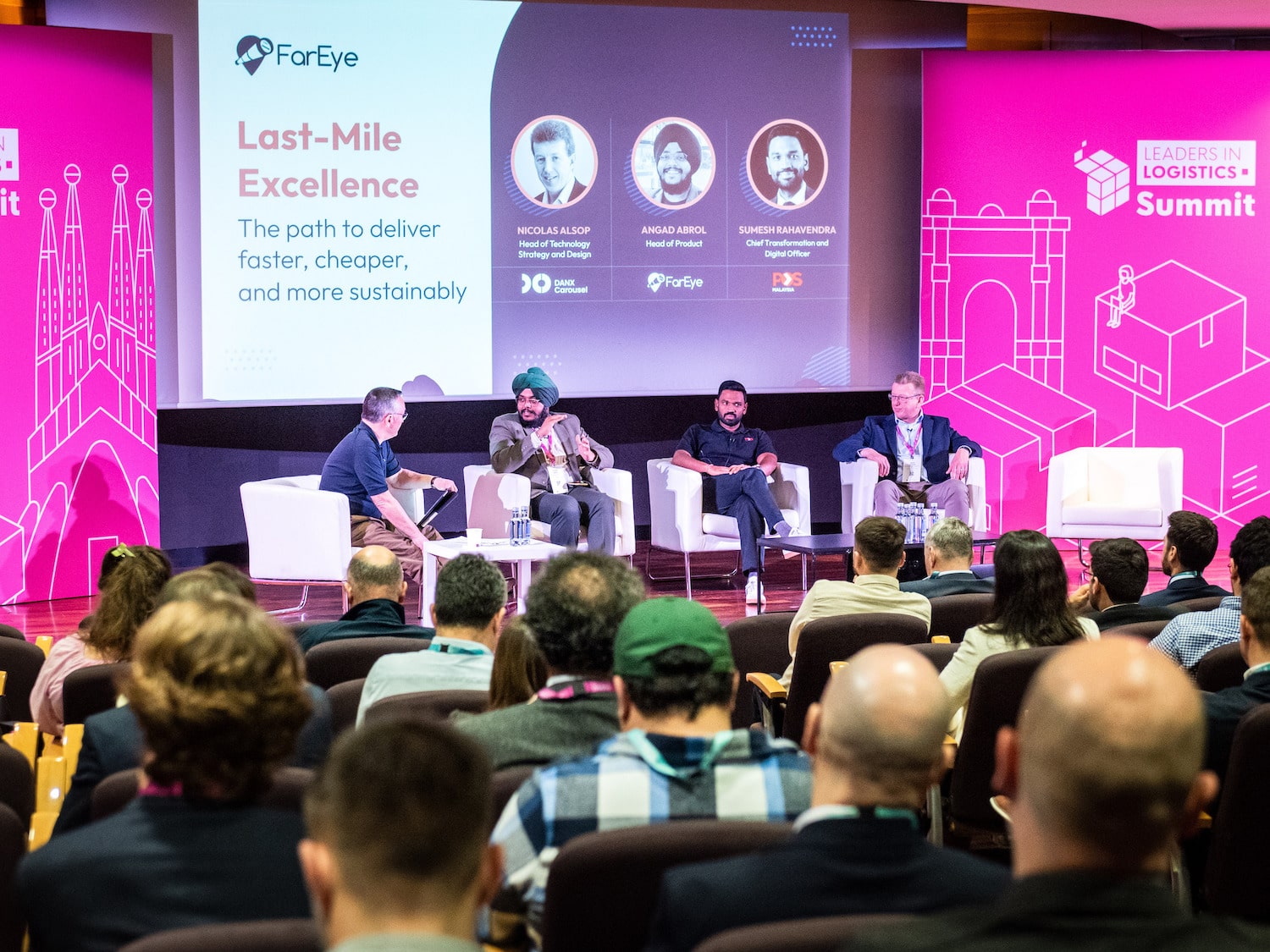Insight / Blog
Time for logistics businesses to enter the tech economy
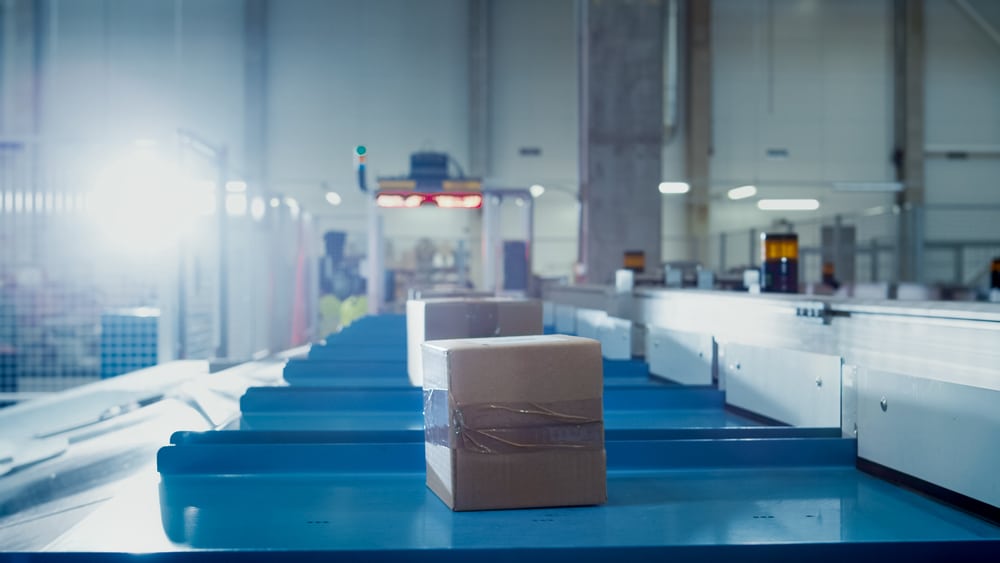
Summary: Finding new ways to handle and analyse information provides carriers with great opportunities to grow
Most people are probably a little bored of hearing about the latest thing to ‘revolutionise’ their industry, with hyped-up seismic shifts allegedly about to happen every other week.
Of course, every industry changes and is disrupted by new entrants and new tech. It’s often more interesting to examine places where this isn’t happening as quickly, to understand why.
The apparent reluctance of carriers to join the technology party is understandable in a lot of ways. These are established businesses with huge fixed costs and business models that are underpinned by repetition, volume and relentless focus on operational efficiency. Despite a world of digital transformation emerging around them, they seem untroubled by the ‘growth mindset’ that it brings, and which tech disruptors have in spades. Just look at the way Amazon Logistics is carving up delivery markets in the UK and the US alike.
Carriers must see themselves and their data differently
As it stands, carriers risk limiting their viewpoint to their immediate situation rather than addressing new opportunities. It’s not a flaw that is specific to our industry, but the constant focus on operational efficiency can become a set of blinkers. Long-term growth doesn’t automatically result from mastering a specific set of capabilities. Like any business, carriers need to be prepared to move with the times and doing so will require them to find out what value they can add through data.
As the Big Four are so fond of saying, ‘in a world where data rules, all companies are tech companies’, but for a logistics business, this might seem unfathomable. It’s then perhaps better to first ask: ‘where does your data come from?’
When we talk about tech companies and the Big Four, let’s be honest: no carrier is going to mimic Amazon. The markets won’t allow them the same leeway and cheap capital, and none have seriously profitable business arms in totally separate functions like AWS to help offset investments. That’s not to say that there’s no money in parcels – quite the opposite. Amazon doesn’t create businesses for fun, and you can bet that Amazon Logistics is likely to turn significant profit in the long run.
The reason I’m picking on Amazon here is because they long ago understood that data is crucial. They’re becoming vertically integrated, running their own web services, retailing their own products on those web servers, then picking and packing and delivering their own orders. Each stage produces data which can inform every other step of the journey. Customers respond very well to 2 day shipping? We will make this happen and deliver it ourselves if we choose to. Customers love picking stuff up outside of their homes, and shop more often when they use this feature? We’ll build one of the biggest PUDO networks in the world.
No business on earth understands the parcel market quite like Amazon, because they have the biggest supply of data at every point of the consumer journey. But you don’t have to be retailer, web host and 3PL all at once to add value with data. Imagine carriers who know what they’re carrying, who ordered it, what else they have ordered, and how they prefer to receive those orders? This information is all available to carriers. Yet they don’t put it together. Retailers would kill for such granular customer info, because it gives them the perfect opportunities to market to customers. Carriers also have the chance to own a number of high-engagement customer touchpoints like tracking updates and ready-to-collect notifications, which are fantastic platforms to understand customers better.
Nowhere does this all come together as clearly as it does in the world of returns.
What’s troublesome for retailers is the sweet spot for carriers
A growth mindset goes hand in hand with investment and, again, this is not something that carriers should be fearful of. To fulfil their potential, it seems obvious that they should be capitalising on the end-to-end journey from retailer to consumer and back again, taking control of the returns journey on their behalf. It’s a notoriously troublesome spot for retailers and makes synchronicity between logistics and communications a minefield. By stepping into the breach, a carrier can double their advantage, and therefore their worth.
This value can be derived from having a real-time relationship with a consumer as they make their return. Simply interacting and asking the right questions (what’s your return? Why are you returning it? Where is it?) creates a wealth of insights which can then be actioned in new offerings to the retailer. For example, damaged goods can be rechannelled into a less costly return route, while in-season products with high resale value that are simply ‘not quite right’ are swiftly returned to the retailer and back into inventory as soon as possible. There are many ways for the carrier to cut out re-warehousing by redirecting products into recycling, secondary markets and more. The financial implications of streamlining returns in this way this are like a holy grail for retailers, and an opportunity to add differentiated value for carriers.
From a customer experience perspective, in the first instance, a co-branded solution means they are simply dealing with their favoured retailer and enjoying a swift resolution of their returns. The opportunity to connect the dots and quickly issue replacement goods is a reputational win for retailers that can only be fulfilled through a tech, and there’s no reason why carriers should be content to do no more than take packages wherever they’re told to – they have the data and insight to be able to direct the operation in a way that makes them more valuable to the retailer. At every stage these additional offerings could conceivably create the kind of partnership with retailers that they would be loath to lose.
Reassuring data in an uncertain world
Now, think even bigger. Imagine holding the returns data from not one retailer, but dozens. Even tens of dozens. Having the ability to drill down and offer consumer insights across a broad spectrum of retailers, the brands they sell, the frequency and reasons for return, offering trends analysis and segmenting customers – this is the crossover from carrier to consultancy. Suddenly you are no longer simply delivering parcels, you’re delivering the kind of insights that can change the way that retailers operate. They are no longer just relying on their own limited data but can make well-informed business decisions based on a huge repository of knowledge provided by the same trusted business that operates their own returns.
As data science continues to evolve, offering new ways to handle and analyse large volumes of information, this is a revenue stream that shows no sign of slowing. It’s not a revolution, nor does it necessitate a team of edgy tech-types taking up residence and demanding artisan coffees. It’s just a pragmatic look at opportunities for growth and good old-fashioned diversification.
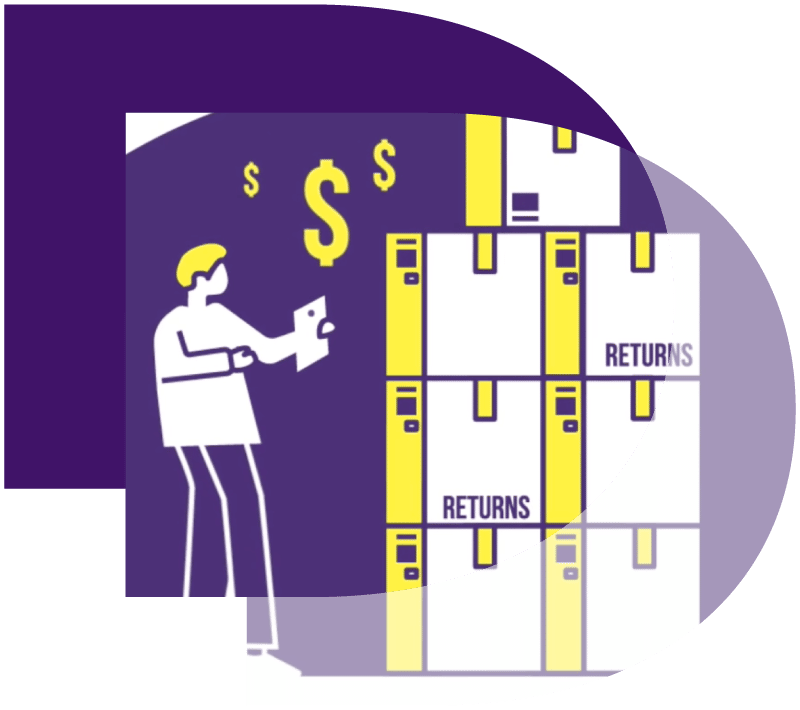
Related articles
7 tactics to drive self-service parcel drop-off adoption
Focusing on parcel kiosks, we explore 7 tactics to encourage customer adoption and drive volume into out-of-home (OOH) delivery networks.
Lessons from a decade in the first and last mile
A decade as Doddle taught us some lessons - and Blue Yonder helps us see what will matter in the next decade.
Important lessons from Leaders in Logistics 2024
Leaders in Logistics 24 dived into AI & automation, sustainability, changing ecommerce behaviours, emerging consumer expectations & predicted what the next decade had in store.


